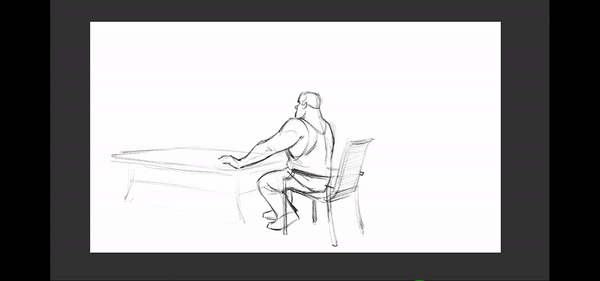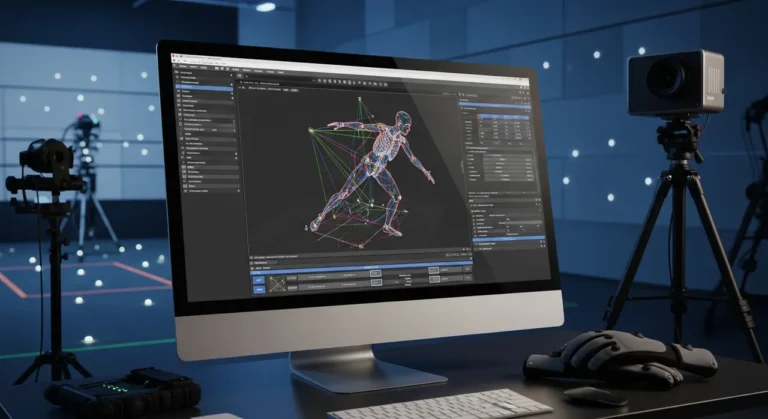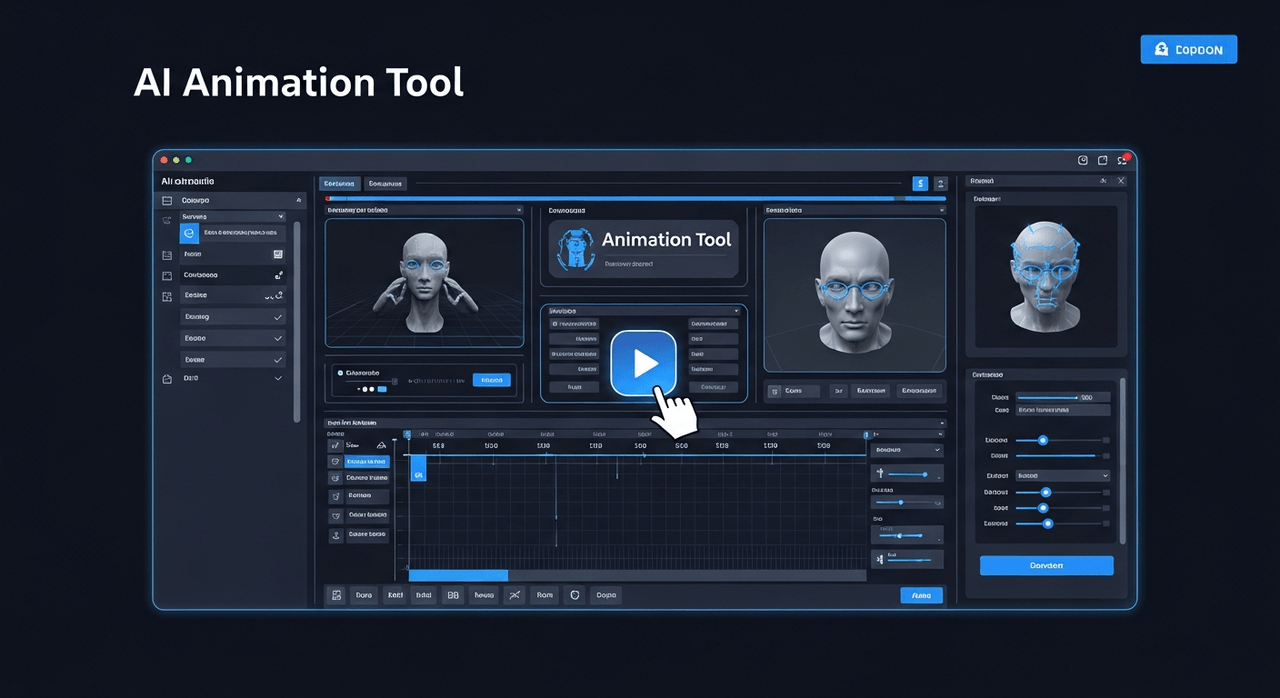While watching an animated scene, viewers won’t be able to understand the events on the screen unless there is a planned sequence of actions that leads them clearly from one activity to the next. They must be prepared for the next movement and expect it before it actually occurs.
Here is where anticipation comes into play as one of the most important principles animators use to bring characters and objects to life. In this article, we will discuss and unwrap how this technique works and where it is used.

Need Animation Services?
Visit our Animation Service page to see how we can help bring your ideas to life!
I- Definition and Importance of Anticipation
As one of Disney’s 12 basic principles of animation, anticipation refers to the preparation and wind-up before an action occurs. It gives the audience vital information about what will happen next and builds suspense and interest in the animation. The masterful use of anticipation makes movement in animation believable, weighty, and appealing.
Anticipation involves setting up an impending action by communicating it to the audience beforehand. For example, a character may crouch down before jumping up into the air. This crouching action anticipates the jump, showing the viewer that energy and force are being built up for the subsequent action. The technique of anticipation applies to all types of movement and animation, from a ball bouncing to a facial expression changing. It gives meaning and context to actions.
This anticipation may not show why the character is doing something, but there is no question about what he/she is going to do. Expecting that the audience can now enjoy the way it’s done.

Anticipation serves several important purposes in animation:
I- Gives weight and believability to motion:
Actions will look and feel more realistic when properly anticipated. For example, a lightweight ballerina gracefully leaping up into the air will anticipate the jump differently than a heavyweight wrestler building up a force to lift a barbell. The anticipation communicates important information about weight and mass.
II- Allows the audience to understand what will happen next:
By showing the wind up for an action, the anticipation builds curiosity and interest in what is about to occur. The viewer recognizes that something important is about to happen.
III- Establishes the motivation and thought process behind the action:
Showing a character’s facial expressions and body language as they anticipate an action reveals their internal motivation and objective. It shows that the action is intentional.
IV- Enhances appeal and creates personality:
The timing and style of the anticipation can convey a lot about a character or object’s personality. Snappy, energetic anticipation communicates a lively personality, while slow and drawn-out anticipation conveys heaviness and lethargy.
V- Directs audience attention:
Anticipation focuses the viewer’s attention on where the next action will occur through staging, camera work, lighting, and other techniques.
II- Techniques for Achieving Anticipation
There are a variety of techniques animators commonly use to create anticipation:
II-I- Motion before Action
Characters and objects display preparatory motion before the primary action occurs, setting it up for the viewer. For example, a golfer will swing the club back before swinging forward to hit the ball. Or a superhero may crouch down or pull their fist back before punching a villain. This windup motion builds potential energy and momentum, making the main action that follows appear more powerful.
II-II- Facial Expressions
A character’s facial expressions will anticipate and foreshadow an upcoming action or reaction. For example, a character’s eyes may widen, and their jaw drops open in surprise right before they scream in fear. Their facial muscles communicate what is about to happen. Subtle shifts in eyes, eyebrows, and mouth all help anticipate important actions.
II-III- Audio Build-up
The soundtrack helps prepare the audience for significant actions. The music, voices, or sound effects start soft and muted and build in volume and intensity as the moment approaches. For example, rhythmic drumbeats that get progressively faster could anticipate a character’s heart pounding before a shocking reveal.
II-IV- Staging
The staging of a scene helps direct the audience’s attention toward where the action will unfold. The camera may slowly zoom in towards an object while the lighting draws focus to it. Character blocking positions certain characters where they need to be for the upcoming action. Gesturing or looking in a certain direction also anticipates for viewers that something is about to happen. You can read more on Staging Here.
II-V- Wind-Up
Objects can physically wind up or move back in preparation for an action. For example, a branch may bend back just before it catapults a character into the air. Or a dust cloud may swirl, signaling a speeding object is about to arrive. Objects essentially stretch or compress like a spring to build potential energy for an impending action.
III- Anticipation for Weight, Impact, and Personality
Skilled animators and character animation companies use anticipation to communicate critical information about weight, mass, and personality. Let’s look at some examples:
III-I- Conveying Weight and Impact
The classic Pixar short character animation Luxo Jr. opens with a small desk lamp named Luxo Jr. hopping and smashing down onto the desk. On the first hop, Luxo stretches upwards in anticipation, then squashes down on impact, flattening completely against the desk. This careful anticipation communicates that Luxo has significant weight and mass. It also makes the action more believable – we can almost feel how hard Luxo smashes against the desk.
In The Incredibles, the animation of the super-strong Mr. Incredible winding up before punching through walls helps convey his immense power and strength. The dramatic build-up each time communicates the force he can generate.
III-II- Personality and Attitude
In Disney’s Lilo and Stitch, the wild alien character Stitch moves with quick, erratic anticipation fitting his uncontrolled, manic personality. For example, when he steals a tricycle, he scrambles on in jittery anticipation before speeding off. His anticipation is fittingly different than the graceful, smooth anticipation of his friend Lilo.
When Wall-E tilts his eyes and neck forward in anticipation of holding hands with his friend Eve, it cutely communicates his innocent, romantic personality through his body language.
III-III- Believable Weightless Movement
Anticipating the up-and-down bounces of zero-gravity movement in films like Toy Story helps sell the illusion of characters and objects that have become weightless in space. The rise and fall look natural because of careful animation, even though the physics don’t match Earth’s gravity.
III-IV- Comedic Timing and Exaggeration
Animators may exaggerate the wind-up for comic effect. For example, in Aladdin, the genie’s head spins furiously in anticipation before he transforms into another persona. Exaggerating anticipation this way uses comic timing to get a laugh.
III-V- Creating Surprise
Not using anticipation when the audience expects it can also be an effective technique. The sudden absence of anticipation will surprise viewers who are anticipating a windup. For example, if a character simply instantaneously falls off a cliff without first looking over the edge, it jars the viewer and creates an unexpected reaction.
Conclusion
Whether it is the bounce of a ball, an explosive superhero punch, or a subtle facial expression, the principle of anticipation gives animation meaning, appeal, and personality. Master animators anticipate all movements and actions to communicate critical information about weight, timing, and intent.
Audiences may not consciously notice effective anticipation, but it helps them connect with characters and become fully immersed in the animated world. A skillful animator will ensure that nothing moves without first preparing the audience through anticipation.









